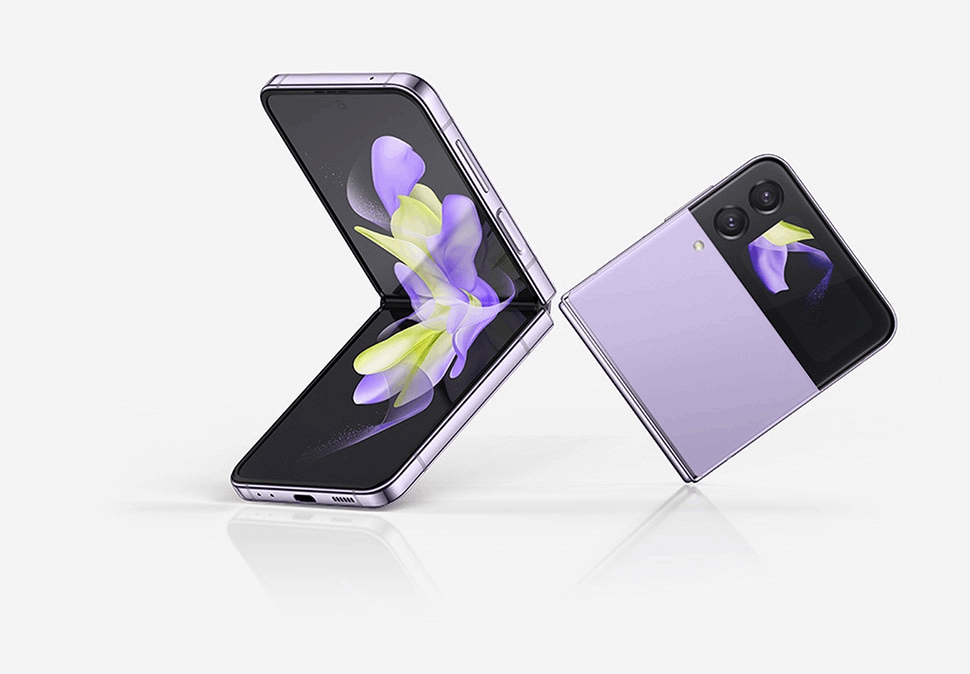
Getting a phone with 5G connectivity is valuable for those with access to a quality network right now and for people looking to future-proof their smartphone. The uplink and downlink speeds 5G is capable of pulling down making it great for streaming videos and playing games. Many of the best Android phones made today ship with 5G compatibility, both sub-6GHz (sub-6) and millimeter wave (mmWave), but it’s not just flagships; some of the best budget Android phones can give you access to the best wireless network speeds as well.
Great 5G-compatible phones
Samsung Galaxy S23+
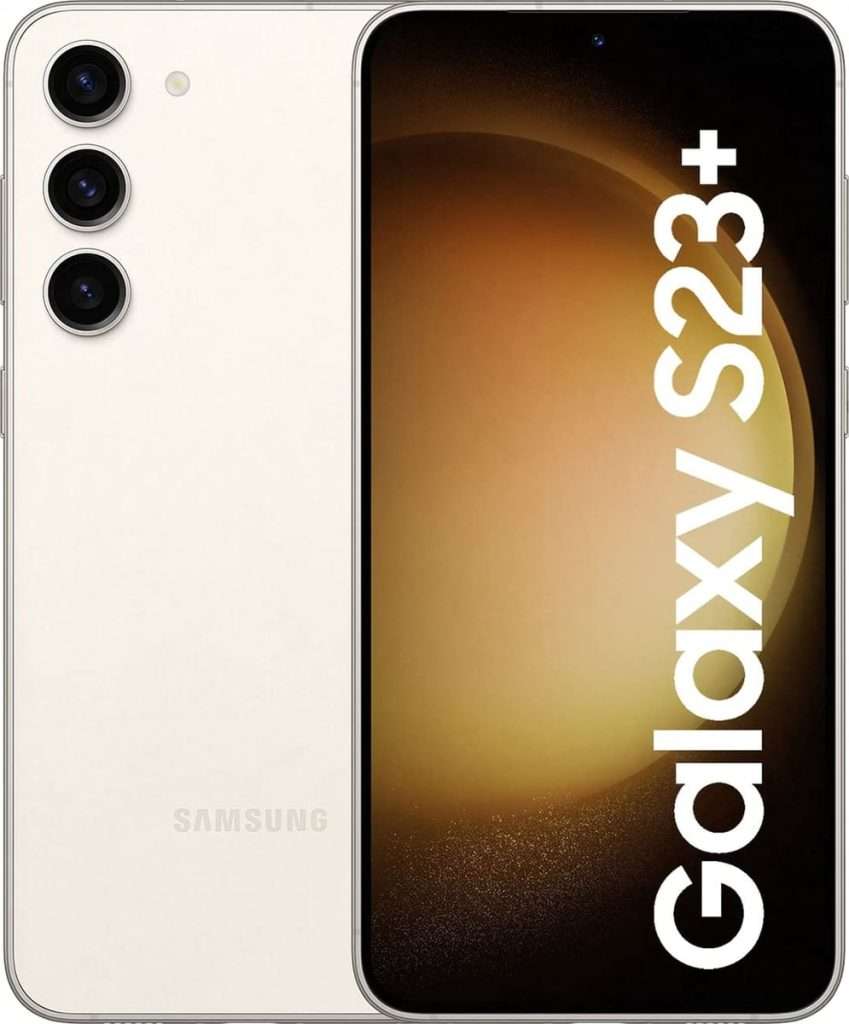
A true 5G flagship
$850$1000Save $150
The S23+ can easily be used on any U.S. carrier, supporting both sub-6 and mmWave 5G — even ultra-wideband. That means you’ll get the best speeds that your network can offer when you pop your SIM card into it. The dual-SIM tray makes it easy to travel nationally or internationally and provides the best coverage since you can access multiple carriers simultaneously.
Pros
- Excellent 5G support
- Amazing display
- Dual-SIM compatible
Cons
- A bit pricey
On top of getting excellent 5G support, the Galaxy S23+ is one of the most powerful smartphones you can get right now. With the same Qualcomm Snapdragon 8 Gen 2 that powers the S23 Ultra, you know you’re getting all the power you need to blaze through any tasks or games on your phone. The camera array is once again one of the best smartphone systems on Android, so you don’t need anything else in your pocket to take all your pictures and videos. It ships with Samsung’s OneUI 5.1 (Android 13), the most refined and smooth experience that Samsung has put out on the software side.
The Galaxy S23+ is built to provide a top-notch Android experience and also happens to provide stellar 5G performance. Premium features like the 6.6″ AMOLED display look incredible, the 45W wired charging keeps you topped up at all times, and 256GB and 512GB storage options will give you plenty of room to store everything you need.
Samsung Galaxy S23 Ultra
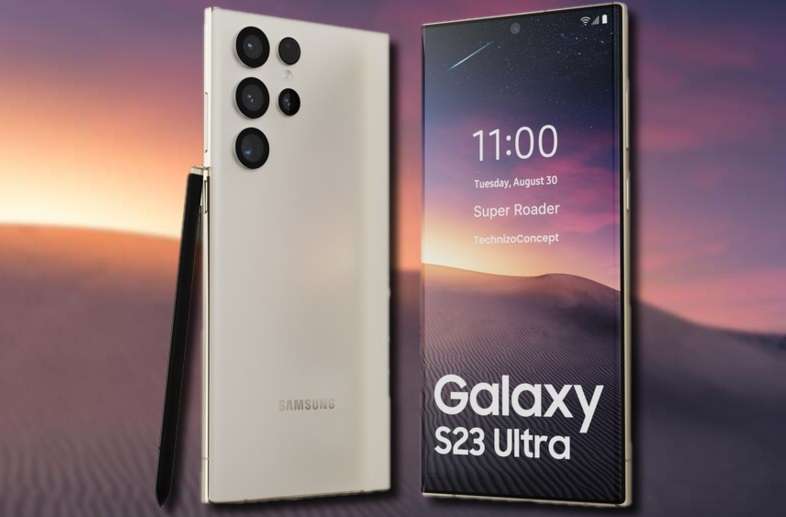
The ultimate phone with 5G
When it comes to 5G on your network, you should be well covered. Supporting all the bands you need to get that ultra-fast mmWave means you won’t have to wait for pesky app updates or downloading games to finish; they will just happen instantly. And, no worries if you don’t have mmWave in your area — the S23 Ultra supports Sub-6 5G as well.
Pros
- mmWave 5G support
- Incredibly powerful
- S Pen included
Cons
- Very expensive
Anyone looking for the most premium smartphone with outstanding 5G performance should definitely consider the Samsung Galaxy S23 Ultra. Sure, it may not have completely reinvented the wheel this year, but it’s hard to argue with the results it produces, especially when it got a huge camera upgrade.
It’s the only one in the S23 lineup that features the company’s flagship 200MP ISOCELL HP2 camera sensor, which offers a ton of versatility and can help you capture some incredible shots. Plus, those shots will look as sharp as possible on the 6.8-inch Dynamic AMOLED 2x display that features a truly adaptive refresh rate between 1 and 120Hz. And, who can forget about all the note-taking features and the added convenience the S Pen brings? A stylus is included in the phone, conveniently tucked away for when you need it. There’s no better phone for getting stuff done.
OnePlus Nord N20
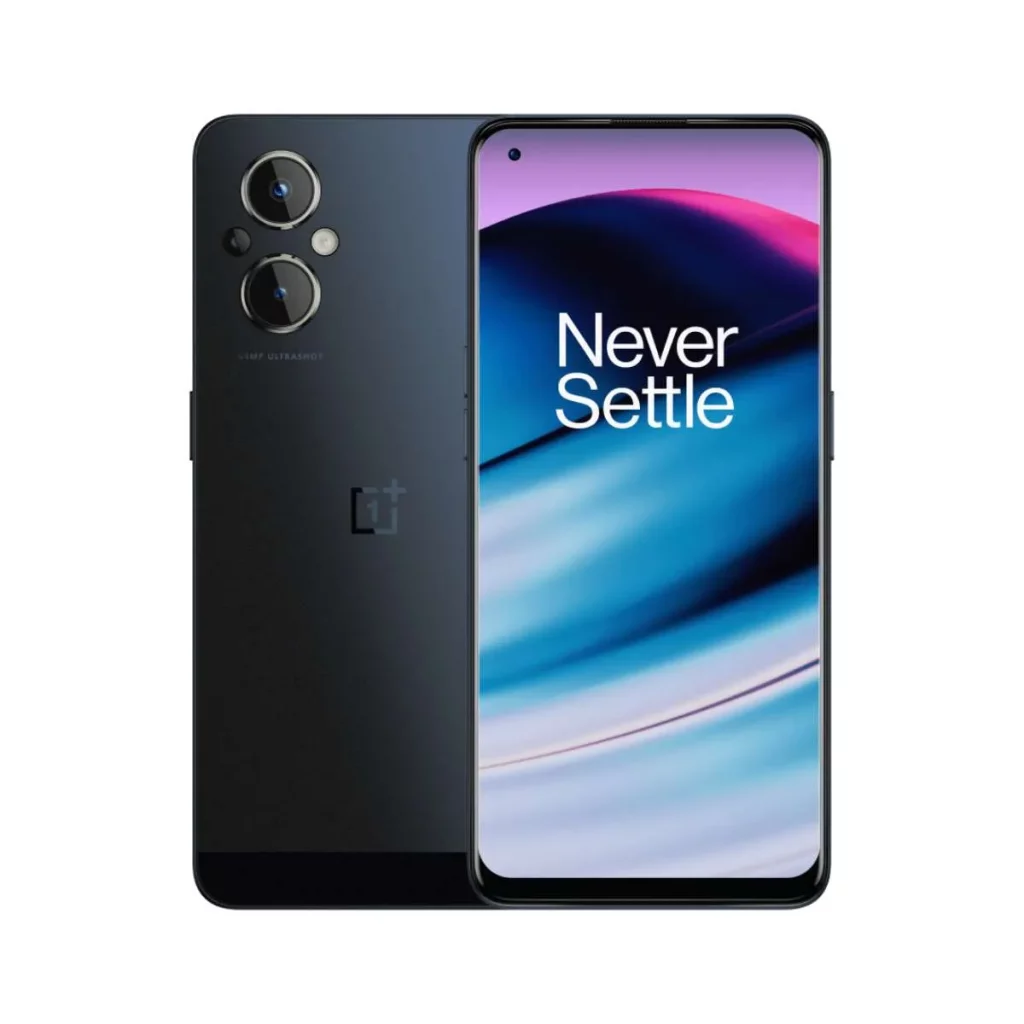
A 5G phone that won’t break the bank
OnePlus has somewhat strayed from its roots over the past few years, but thankfully, the OnePlus Nord N20 5G has changed all that. OnePlus released a fabulous budget phone that can perform all the essential functions just fine and it’s got 5G. The one major caveat is you can only get 5G on your Nord N20 5G with T-Mobile, but we still think true budget phone enthusiasts will enjoy the Nord.
Pros
- Affordable price
- OLED display
- Decent battery life
Cons
- Only Sub-6 5G on T-Mobile
- Display is only 60Hz
The OnePlus Nord N20 5G It’s powered by the Snapdragon 695, which may not have all the bells and whistles you see in many of today’s flagships, but it still packs a fair punch. It moves through OxygenOS very smoothly and can handle most of your daily tasks. Even some older 3D games aren’t too much of a problem though you might not be able to handle the hottest and newest titles.
While the display is capped at 60Hz, it is a 1080p OLED screen, meaning you get those vibrant colors and pure blacks that OLED displays are known to produce. This likely helps the battery life, as in our review, we got 10 hours of screen-on time, which mean average use should net you a good full day of use and likely even more. The 33W fast charging makes it easy to stay charged once you do find your battery percentage trickling down.
At less than $300, you have to expect your fair share of compromises. The cameras will likely leave something to be desired for the true phone photographers out there. Still, if you’re posting some photos on your social media feeds and don’t care for some of the finer details, you’ll be able to get by with the camera array on the Nord N20 5G just fine.
Samsung Galaxy A54 5G
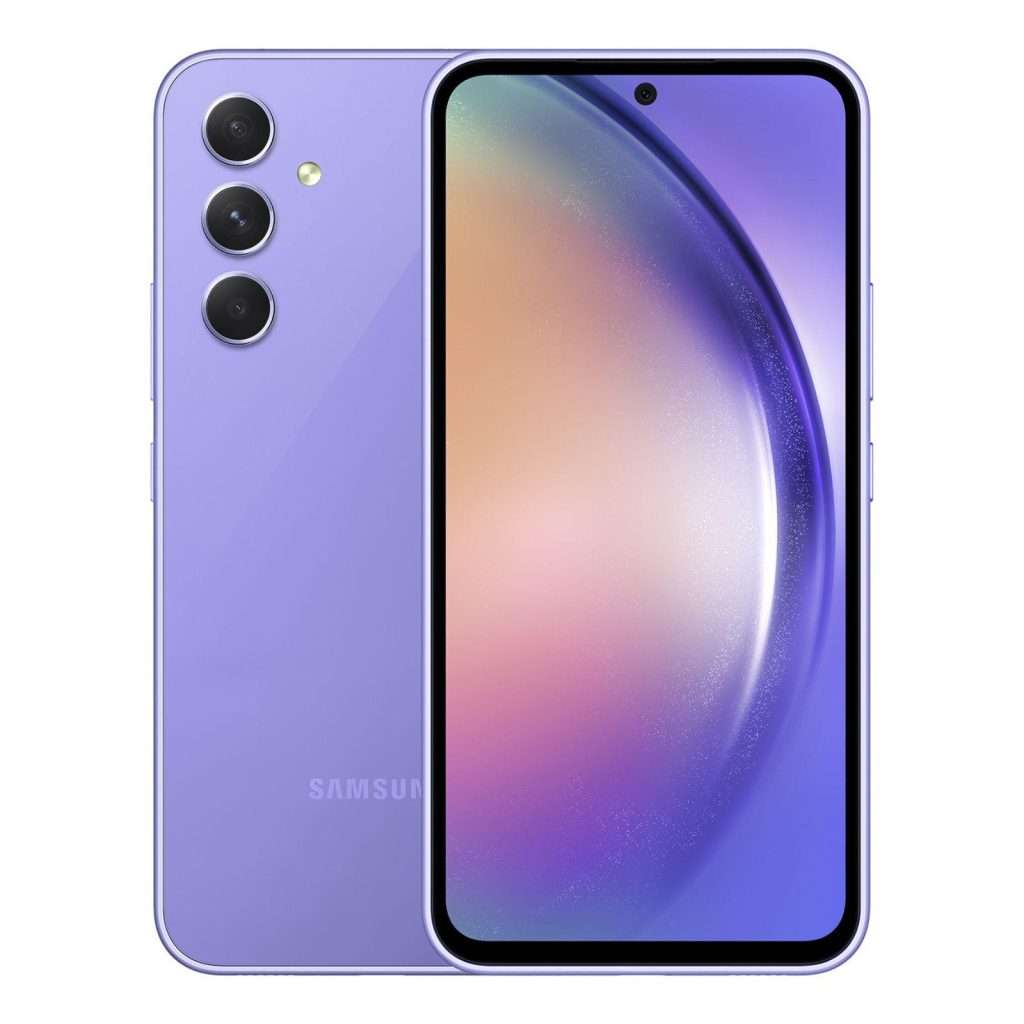
A mid-range 5G phone that doesn’t suck
$375$450Save $75
The Galaxy A54 supports 5G in the U.S. (sub-6 only) and even more some mmWave bands internationally, making it an excellent phone if you want reliable and fast speeds. It’s got an absolutely gorgeous screen, a decent set of cameras, and a new design, all for under $500.
Pros
- Supports 5G in U.S. and abroad
- Excellent display
- Great battery life
Cons
- No wireless charging
- A 5 MP macro camera is bad
Don’t feel like spending flagship prices, but want a phone that has quite a few flagship features? That’s where the Samsung Galaxy A54 comes in. Equipped with 5G support, a 6.4-inch Super AMOLED display that looks absolutely amazing, and very good battery life, it’s a phone that’s just hard to say no to.
Sure, its Exynos 1380 won’t be as powerful as the Snapdragon 8 Gen 2 you’ll find in the S23 series, but it’s a very capable chip that can handle all your day-to-day tasks just fine. Not to mention, the battery life can let you coast about 48 hours, which is good because the charging speed is a bit slow and there’s no wireless charging option. You’ll be hard-pressed to find a midrange phone with this much software support and this many premium features under $500.
Asus Zenfone 9
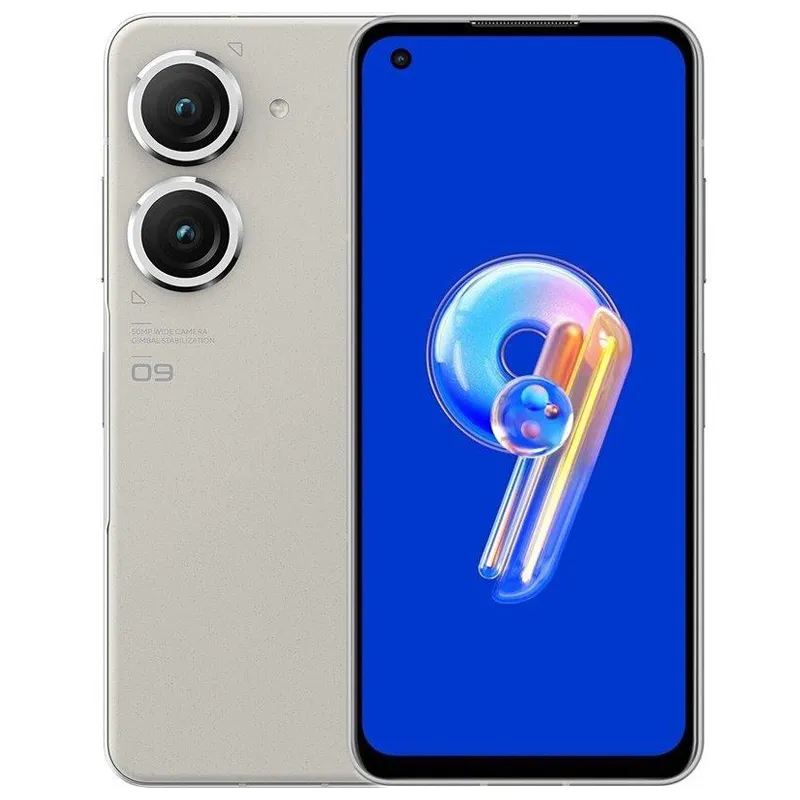
The smallest 5G phone
$650$700Save $50
If you like compact phones, the Asus Zenfone 9 might be the best option for you. With the Snapdragon 8 Gen 1 powering the whole device, it’s got some impressive horsepower in such a small body. It does have Sub-6 5G support, but it can be a little tricky to set up with your carrier here in the U.S.
Pros
- Great for small phone lovers
- Sub-6 5G support
- Great display
Cons
- Battery life could be better
- Carrier support in the U.S. is lacking
The Asus Zenfone 9 bucks the trend that every other smartphone manufacturer has been jumping on for years by offering a small phone that is perfectly pocketable and doesn’t skimp on performance. You’ve got the power and capable Snapdragon 8 Plus Gen 1, so you never have to worry about not being able to run the games you want to play. Its use of Android is pretty great, with a ton of gesture controls that make zooming through the UI on the Zenfone 9 a breeze.
You might think a small phone like this would have battery issues, but the Asus Zenfone 9 has a surprisingly excellent battery life, despite the 4,300mAh battery. The 5.9-inch OLED display is gorgeous, offering vibrant colors and deep blacks like you’d expect, and provides up to 120Hz refresh rate to make everything look sharp and feel as smooth as possible.
Sub6 5G support is there, but carrier support can be a little tricky if you’re a U.S. customer. If you’re on T-Mobile, you shouldn’t run into any big issues, but it’s missing some key bands for AT&T. Verizon customers get the short end of the stick as LTE band 13 support isn’t here. Overall, just be aware that Zenfone 9 may have a few quirks with your network, so be sure to check with your carrier first. But despite the carrier connectivity annoyances, the small form factor makes the Asus Zenfone 9 a unique and worthy offering.
Samsung Galaxy Z Flip 4

A 5G phone can be fun, too
$900$1000Save $100
Who says your 5G phone has to be boring? Samsung Galaxy Z Flip 4 is the perfect phone for someone looking to get into the realm of foldable while still having that mmWave 5G compatibility. We can’t say it’s the absolute best on a single aspect compared to other flagship phones, but you better believe it’s a fun phone to use and carry around.
Pros
- Great compact, foldable design
- mmWave 5G support
Cons
- Expensive
Carrying around the Samsung Galaxy Z Flip 4 in a pocket should be no problem. Folded up, this little square of a phone has a 1.9-inch OLED cover display capable of showing notifications and other useful bits of information. The magic starts as you unfold the phone to reveal the beautiful 6.7-inch 120Hz OLED display that’s just as good as its non-folding Galaxy siblings.
So what are the compromises? Well, the cameras are only okay, considering its $1,000 starting price point. They lack any super fancy hardware but can still provide plenty of good shots for your social media feeds. The ability to take hands-free selfies is a nice touch for people who like capturing themselves in a moment. The battery life isn’t stellar, but it also isn’t terrible. You’ll likely get through your day (depending on how heavy you use it) with a bit left over, and recharging is crazy fast, making the smaller battery a bit easier to swallow.
ASUS ROG Phone 6
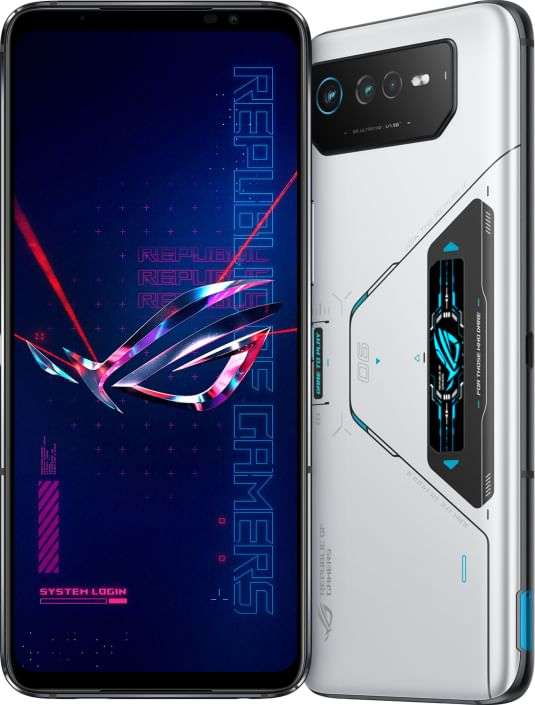
A 5G phone that can play all the games
One of the draws of 5G technology is the ability to have blazing-fast download speeds anywhere you go, and what can use those ultra-fast speeds? Gaming — specifically online multiplayer gaming. With some amazing high-quality online mobile games out there, like League of Legends: Wild Rift and Apex Legends Mobile, it’s tantalizing to play those titles anywhere you have your trusty 5G phone.
Pros
- Gorgeous display with a 165Hz refresh rate
- Can play all your favorite mobile titles
Cons
- Gamer aesthetic isn’t for everyone
Asus ROG Phone 6 is one of the best gaming phones money can buy, and it’s built to handle all the intensive tasks you can throw at it. The super-speedy Snapdragon 8+ Gen 1 chipset gives it the power and performance you need to take on your friend, and the massive 6.8-inch 1080p 165Hz display ensures that your gaming experience is as smooth, sharp, and crisp as possible.
Starting at $1,000, it’s not a cheap phone and serves a more niche audience. The overall design screams gamer, and Asus has added some software specifically with gamers in mind, but all in all, it’s still a very capable 5G phone. However, it’s important to note that the Asus ROG Phone 6 won’t work on Verizon and Sprint (now T-Mobile) networks because it doesn’t have CDMA compatibility — likely not a significant issue outside the U.S. It also doesn’t have mmWave support, so the absolute fastest speeds aren’t quite achievable, but in our testing that hasn’t stopped the ROG Phone 6 from streaming games over 5G really well.
Apple iPhone 14 Pro
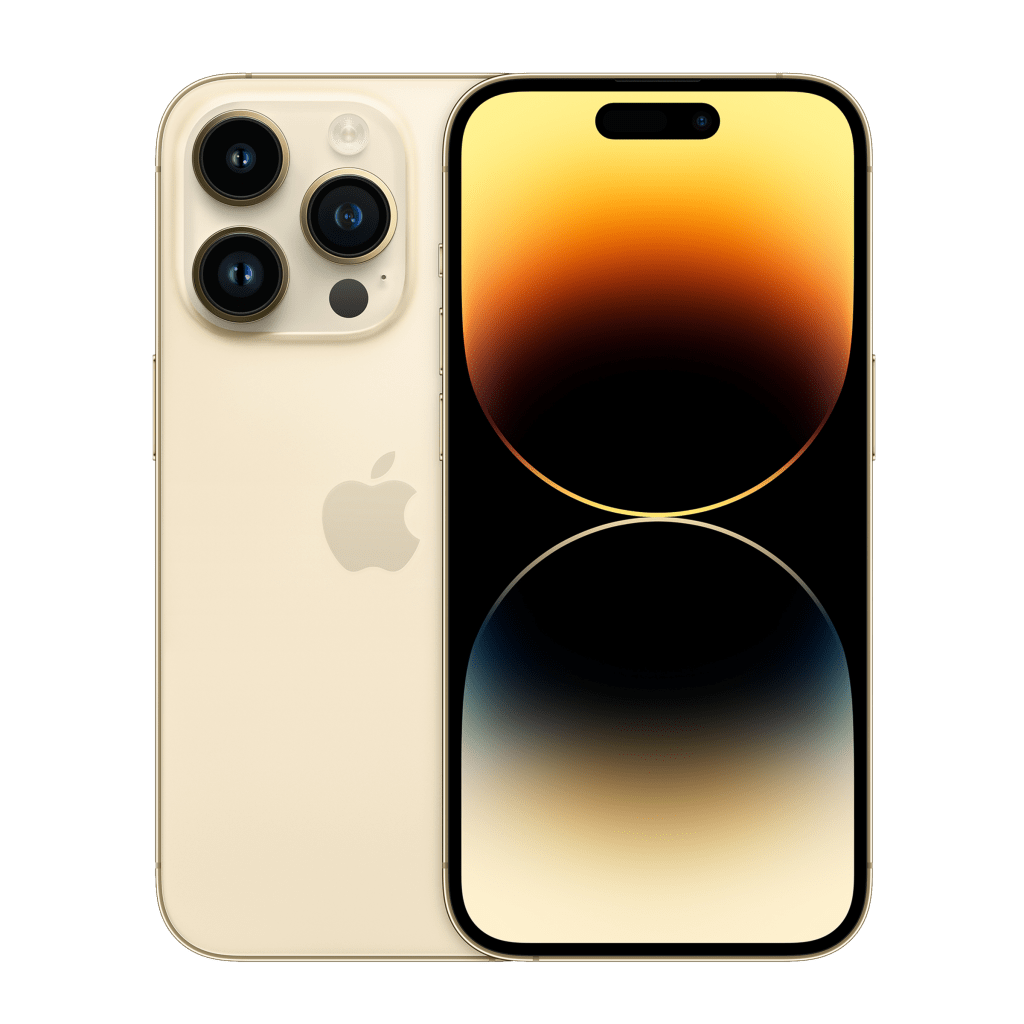
The best 5G phone for Apple Lovers
If you want to go the Apple route, the iPhone 14 Pro is likely the 5G phone you’ll want to buy due to its impressive feature set and great hardware. There’s no denying that Apple’s A16 Bionic chipset is just as speedy as you’d like it to be, and iOS 16 is probably the most customizable the iPhone software has ever been. Plus, it works on all U.S. networks and supports sub-6 and mmWave.
Pros
- Very powerful
- Apple software support is fantastic
Cons
- Better if invest in Apple’s ecosystem
In the U.S., the iPhone 14 Pro supports a wide range of bands, meaning whether you have access to sub6 or mmWave in your area, the iPhone 14 Pro will give you the speed you desire. Outside the U.S., you’ll only have sub6 5G compatibility, so keep that in mind. Moreover, the iPhone 14 Pro also has Emergency SOS via satellite, which can help you connect to emergency services via a satellite connection — nice if you often like to try and go off the grid.
Lastly, while the iPhone 14 Pro’s Dynamic Island may have the silliest name for a notch we’ve ever heard, it has some pretty cool functionality that gives it the substance to back up the flash. Apple and third-party developers alike are just starting to crack open to the potential for the Dynamic Island, and it’s low-key an exciting time to be an iPhone user.
OnePlus Nord N300 5G
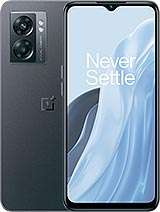
Affordable 5G on T-Mobile
If you want 5G compatibility in the cheapest package possible, the OnePlus Nord 300 5G is a fine option for those on T-Mobile. The phone costs about $230 when purchased from the carrier outright, but it’s also regularly available for free on contract promotions. Don’t expect great things, but for a basic 5G phone, it’s worth the money.
Pros
- Great battery life
- Very affordable price
Cons
- Only on T-Mobile
- Low-res display
As you’d expect for a price just north of $200, the OnePlus Nord N300 5G isn’t a powerhouse. It’s got crummy cameras, inconsistent performance, and a 720p LCD. But that display is 90Hz, and the phone has features that aren’t always guaranteed at such a low price point — like a fingerprint sensor and NFC for contactless payments, plus 33W wired charging with its bundled charger. It launched with Android 12, but it’s slated to get Android 13 at some point, plus security patches into 2024. If you need something affordable for a year or two, want it to have 5G compatibility, and you’re on T-Mobile (or its subsidiary Metro), the N300 is a decent selection.
Google Pixel 7
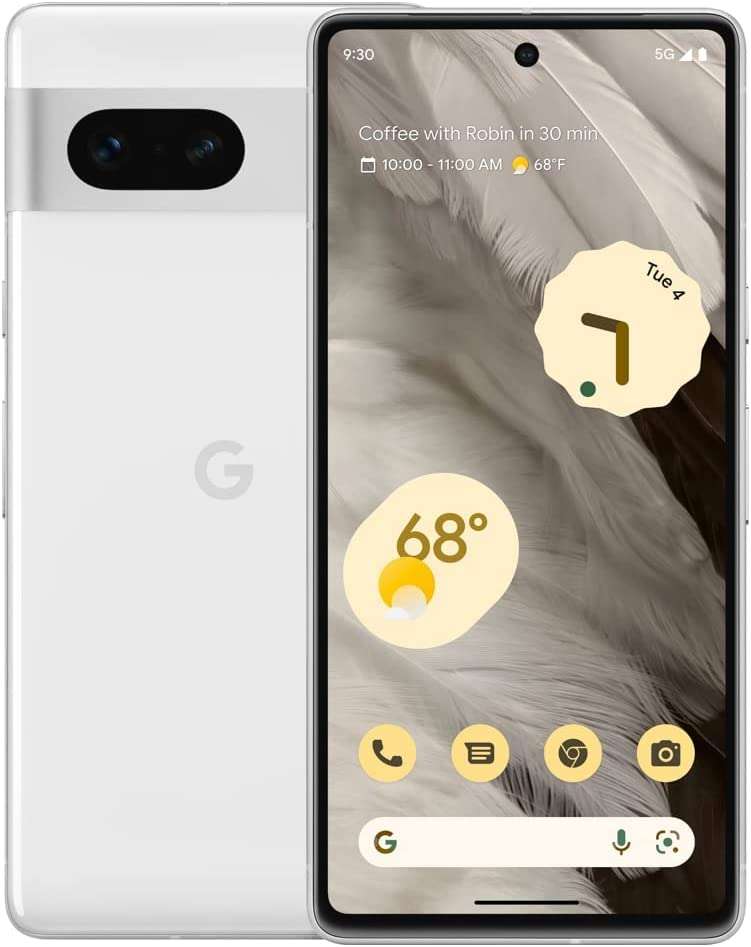
5G phone with great calling features
On top of having access to the latest and greatest mobile networks, the Google Pixel 7 is a stellar daily driver. Though Google stuck with what made its predecessor — the Pixel 6 — a big hit, the company improved the phone in many ways. The new design has a sleek look with a matte aluminum finish on the camera bar that blends nicely into the phone’s aesthetic. The 6.3-inch 90Hz OLED display is gorgeous and comfortable to hold in hand.
Pros
- Amazing call features
- Sub-6 and mmWave 5G
Cons
- Connectivity can be spotty in outside metropolitan areas
The Google Pixel 7 offers a good amount of performance to make just about anyone happy. The 8GB of RAM inside can be paired with either 128 or 256GB of storage, and the new Google Tensor G2 provides a solid amount of power to the Pixel 7, making it suitable for gaming and productivity. The battery life isn’t too shabby either, even with a modest 4,355mAh capacity.
As for 5G compatibility, the Google Pixel 7 does support sub6 and mmWave, so in theory, the Pixel 7 can fully take advantage of whatever 5G network you have around you; however, there’s been some connectivity issues. Reports of users having issues connecting to networks properly — particularly in less populated areas — have plagued the device since launch. Google has responded to the issue and provided software updates to help remedy the situation. Still, even with the 5G not working 100% correctly, it’s hard not to appreciate the Google Pixel 7’s advanced calling features. Call Screening, Hold for Me, and Direct My Call are some of the best call features any smartphone manufacturer has released in quite some time, and really demonstrate the power of Google’s AI.
The cherry on top of this entire package is the price. Starting at only $599, you’ll be hard-pressed to find a 5G phone that offers as much as the Google Pixel 7 while retaining a price point that isn’t approaching four figures.
What is the difference between sub6 and mmWave 5G?
5G is the term used to describe the latest evolution in cellular network technology. Much like 4G LTE that came before it, 5G operates on specific spectrums of band frequencies. These are separated into a few categories you’ll often hear; sub-6 and mmWave.
The term sub-6 is rather straightforward, as it refers to band frequencies below 6 GHz — you may also hear this referred to as low-frequency or mid-frequency 5G. This type of 5G is a bit easier to access because it can penetrate easier through walls and other obstacles and cover a greater distance. This isn’t the blazing-fast 5G you’ve likely heard a lot of hype about, but you can think of it as the foundation that 5G networks are built.
mmWave is the 5G you’ve likely been told will replace Wi-Fi (slightly hyperbolic) and have the entire world connecting like never before. While some of that is hype, the potential for mmWave is quite high. As you may have guessed, mmWave refers to band frequency over 24GHz. These are capable of incredible speeds and data transfer rates; however, their effective range is much shorter and less reliable than the sub-6. It’s why most mmWave networks are in major cities or highly-populated areas; it’s just really hard to spread across vast distances.
Should I buy a 5G smartphone?
It’s a valid question because it’s still an emerging technology in many ways. The best reason to buy a 5G smartphone is if you have access to a reliable 5G network in your area because your new phone would let you use it. That could mean some enhanced speeds (if you happen to be in an area with mmWave) or just a much more reliable network.
The best 5G smartphone for you
Buying a 5G phone can be a little complicated as you try to find the best phone that works in your network and your area — it’s a lot of steps, and that’s why the Samsung Galaxy S23+ tops our list. It’s pretty much available everywhere since it’s Samsung’s most recent flagship, and it works with any network. So any 5G network you have access to, sub-6 or mmWave, the Galaxy S23+ takes much of the guesswork out of the questions surrounding 5G.
Samsung Galaxy S23+

Best Overall
A true 5G flagship
$850$1000Save $150
While it may not look too different from the S22 that came before it, there’s still a lot to love about the Galaxy S23+. The S23+ can easily be used on any U.S. carrier, supporting both sub-6 and mmWave 5G — even ultra-wideband. That means you’ll get the best speeds that your network can offer when you pop your SIM card into it. Plus, the dual-SIM tray makes it easy to travel nationally or internationally and provides the best coverage since you can access multiple carriers simultaneously.






